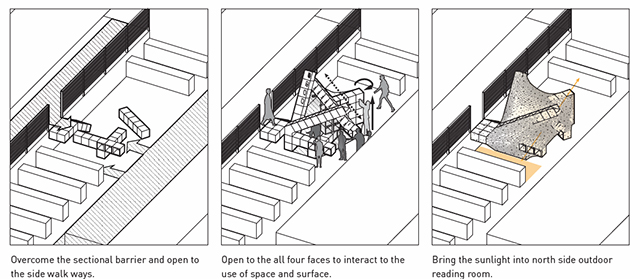
DE:FLATABLE BOWAD
Dongil Kim; advised by Simon Schleicher and Kyle Steinfeld

The thesis states that the permanence in architecture is currently in a state of crisis because the developments of city, during last century, becomes aging and the speed of changing of the society is getting faster in all space, not only in private space such as housing, office and industrial building, but also in governmental and civic building. Various disciplines such as architecture, urban planning, and building related industry are not able to follow-up the speed of change. Although the emerging models of temporal tenancy in shared economy such as Airbnb, CitiBike, Uber and WeWork have introduced to accommodate the fluctuation and demands of private space through different model of ownership, it is mainly focusing on operational system of space. Under this assumption, the transformation of demand on space leads to re-investigate how the discipline can accommodate this issue. The thesis project is about the direct response to the adaptability of the fluctuation of functions and the need between temporal and permanent building and structure.
A series of method of specific making process center this project to accommodate the change of use and function of space through the adaptability and efficiency of the construction process. Displacement and inter-connectivity of elements create a scaffolding system, heat response-deflatable surface tightens a negative tension force, and the reciprocity generates a system of operation. The rigidity of the combination between natural aggregation system and post surface tension allow to adapt variety of space and use, while eliminating the process of ordering including piling, gluing and assembling, and it enhances the efficiency on time and labor. This fast and efficient construction can be applied to interior space improvement, extension of space through attachment, and stand alone space. Use of diverse inner elements with different size and shape, and application of different morphologies of surface will diversify the function and space.
There is a very old model for sharing economy that is a sharing books. The proposed architecture system between temporary and permanent allows for an application of outdated operating system of civic institutions, in this case, a library. The benefit of library is not only a giving a book sharing service, but also a providing civic space. A proposed micro branches of San Francisco Public Library with adaptable system responds to the programmatic diversity to serve as a civic platform, being able to respond to true dynamic of the city through system of construction.
The main building and branches of San Francisco Public Library are equally distributed by neighborhood area. However, it has not reflected the real dynamic of people and human because it is only based on sedentary population which is inadequate for the current dynamic city, resulting in a big missing area in downtown of San Francisco. On the other hand, the downtown has a unique policy of private owned public open space with diverse space typology including outdoor plaza, pedestrian walkways, roof terrace, indoor garden and snippet, but they are not in active use due to the lack of operational program. Therefore, the application of the thesis is to re-inject micro branches of public library into the private owned public open space in downtown of San Francisco through a method of adaptable making system.
Elastically deformed process in making process has not been widely considered in architecture because of its instability as an architectural material. However, such a adaptability has more opportunity to respond to variety. The project will embrace the resilience in design process and re-visit the reciprocity through material computation and digital fabrication. Technologically, the efficiency of this project through physical and digital computation fulfills a low energy cost and minimal waste in material and time cost in the design field. Through this thesis project, one can expect wide-ranging application to models that operate under similar system of design procedure.
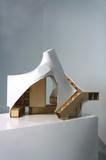
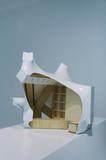
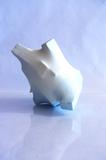
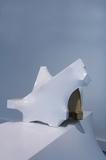
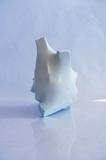
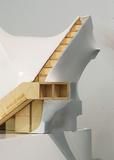
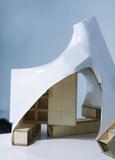
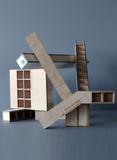
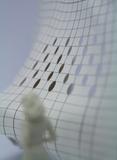
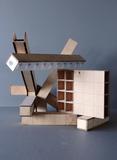
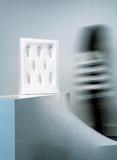
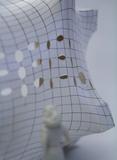
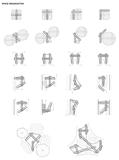
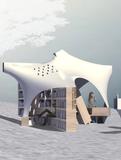
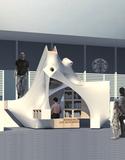
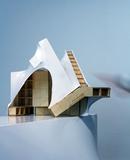
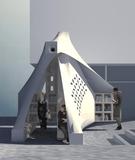
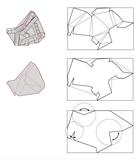
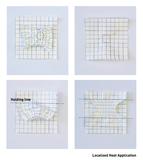
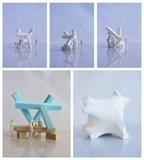
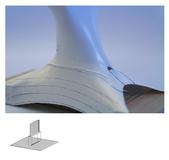
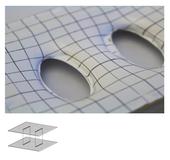

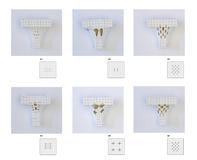









There's more!
Some other projects from this same class have been posted, as well as some interesting student work from this same year.